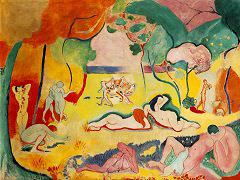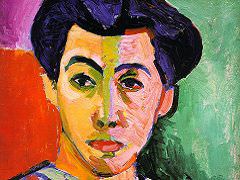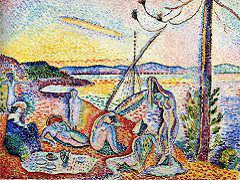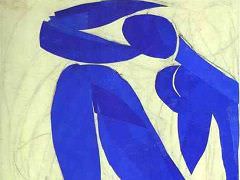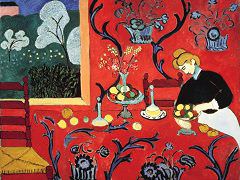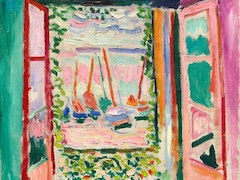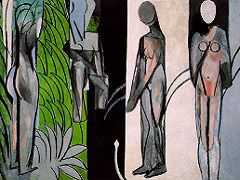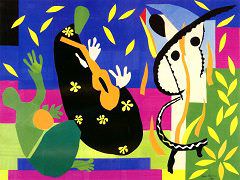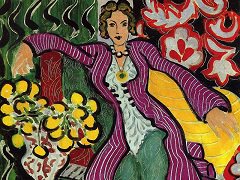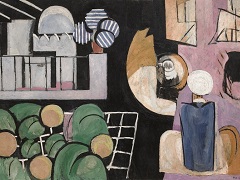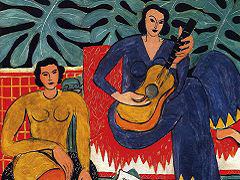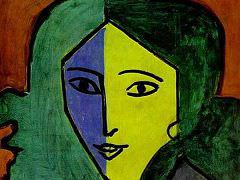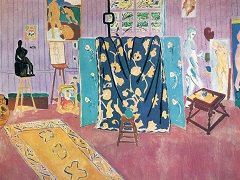Portrait of Madame Matisse, 1913 by Henri Matisse
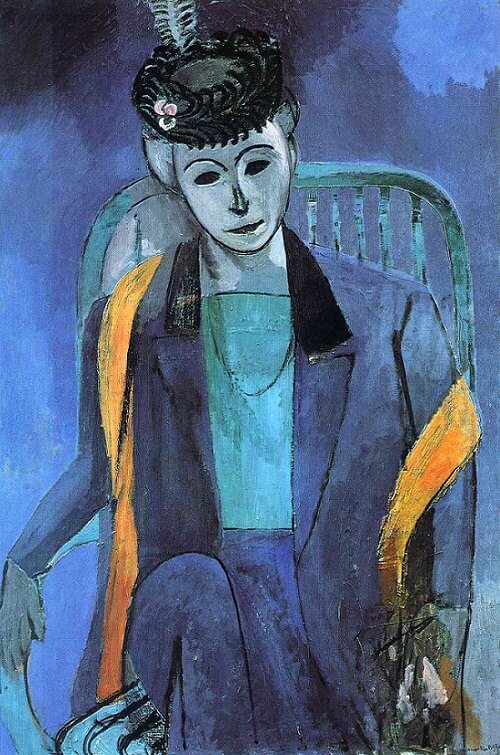
All his life Matisse drove his models as well as himself to the limits of endurance. He insisted it was better to risk ruining a painting than be satisfied with a surface likeness. It's always necessary to force your whole being beyond this stage, he told his daughter, Marguerite, because it's only then that you start to make discoveries, and tear yourself apart in the process.
Matisse paid with insomnia and panic attacks for his inability ever to be satisfied with what he could already do. The models were generally exhausted, sometimes mutinous, often apprehensive in the early years, when they had to come to terms not only with public ridicule but with their own private misgivings. Even the boldest, Matisse's student Greta Moll, was horrified to find her features discolored and her limbs distorted on Matisse's canvas. Amélie herself wept in distress when she saw the last painting he ever made of her, the grave and beautiful Portrait of Madame Matisse of 1913, with stony black eyes set in a delicate masklike gray face.

